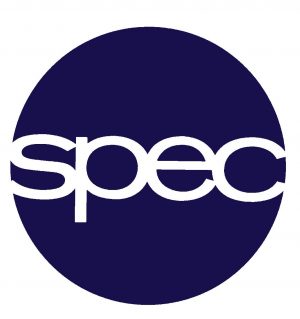Domain, Specialties : Condensed matter physics
Keywords: Experimental mechanics
Research Unit : SPEC / SPHYNX
Summary
The aim of this internship is to characterize the deformation and fracture resistance of a new class of 3D-printed micro-lattice materials with complex architecture inspired by osteoderms, combining ultra-lightness with a unique set of mechanical properties.
Full description
A largely chosen method to reduce both the production cost and the energy footprint of technical materials is to reduce the quantity of raw material. One way to create lighter materials which is widely explored in research consists in replacing them with 3D-printed micro-lattice structures. These structures are very porous and by adjusting the arrangement of the beams in space —their architecture— it is possible to obtain spectacular stiffness values, much higher than those observed in other types of materials of equivalent lightness (such as aerogels or solid foams, for instance). The SPHYNX and LIONS groups at CEA have thus obtained a lattice metamaterial with a random architecture that exhibits perfect structural isotropy, which allows standard material constants to be defined (Young’s modulus, yield strength, toughness), and a stiffness-to-density ratio very close to the theoretical limit obtained for a porous material. However, this material remains very brittle, and different methods for including heterogeneities are being explored to make it resistant to fracture.
The objective of this internship is to characterize the resistance to deformation and fracture, in tension and compression, of “metacomposites,” that is to say, a lattice metamaterial with zones of different connectivities creating effective hard grains linked by soft joints. Numerical tests may also be carried out on a model of the material.
This internship project is mainly experimental and will be conducted at the Service de Physique de l’État Condensé (SPEC) of CEA Saclay, part of Université Paris-Saclay, located at the Orme des Merisiers site, 91191 Gif-sur-Yvette, France, in collaboration with the Nanoscience and Innovation for Materials, Biomedicine and Energy Laboratory (NIMBE) of CEA Saclay. It involves researchers with different areas of expertise. The selected candidate will have to integrate into this consortium and interact with all its members. In return, they will benefit from strongly multidisciplinary supervision: physics, chemistry, and mechanics of structures and materials, as well as numerical physics and mechanics. The internship could be followed by a PhD on a related topic.
Location
CEA Saclay, Site de l’Orme des merisiers (91) Essonne,
Internship conditions
- Internship duration: 6 months
- Level of study: Bac+5
- Training: Master 2
- Continuation in PhD thesis: Yes
- Application deadline: 2 février 2026
Experimental skills
Language : English
Useful methods and technics: additive manufacturing, experimental mechanics, imaging, digital image correlation (DIC)
Computer languages and software: Python
Links
- Web site of the laboratory: SPEC/SPHYNX
- Coordinates of the internship supervisor




